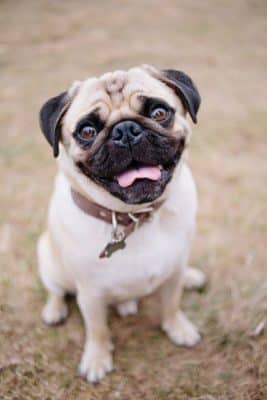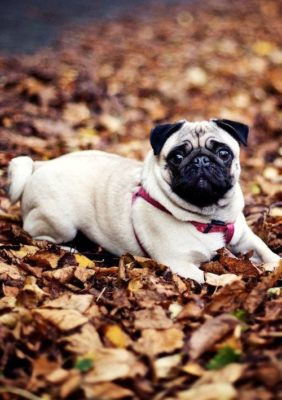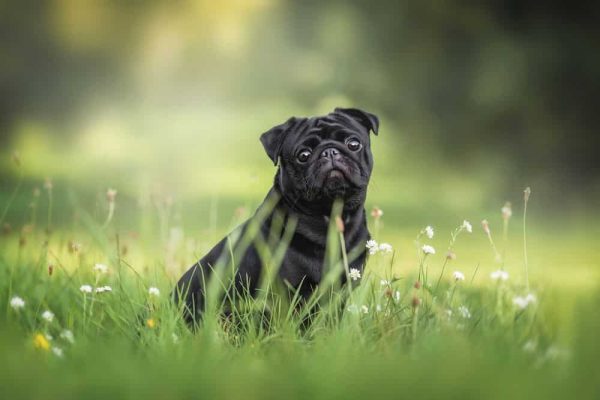Pug
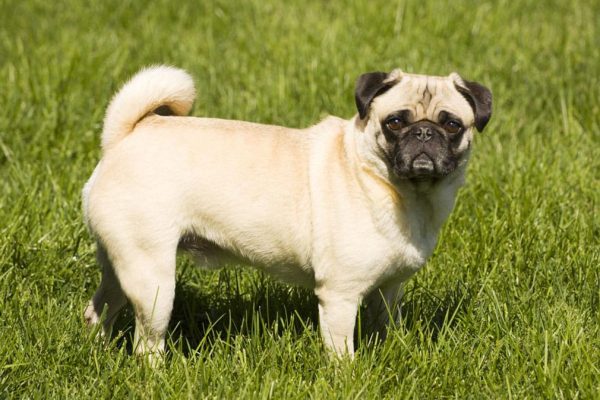
Pugs are not as fun a social breed as some of the ornamental dogs. They are more serious, with a peculiar sense of humor. Pugs can be stubborn, but they usually want to please and be fun. They are fairly laid-back dogs, usually not prone to barking or digging.
Table of Contents
Breed Information
| Another Name | Dutch bulldog |
| Origin | China |
| Height | 25-28 cm |
| Weight | 6-8 kg |
| Fur | Short |
| Color | Yellowish-pale, silver, black |
| Lifespan | 12-15 years |
| FCI Classification | Companion and Toy Dogs |
| Group | Decorative dogs, dogs for the apartment, dogs for kids |
| Price | $300-2500 |
Breed Photos
Origin History
It is an ancient breed whose origins are lost in the depths of centuries. There are many theories as to where and how the breed evolved.
However, it is believed that the Pug came from China, where it was known for some time (and may be one of the ancestors of the Pekingese), before accompanying traders to Europe, where they developed mainly in the Netherlands and then went to England.
The Pug quickly gained admirers all over the world, especially in Europe. Queen Victoria was a fan of the breed; she kept 36 dogs of this breed. This passion was passed on to other family members, so it is truly a royal breed of dog.
Appearance
Pugs are the most challenging dogs in the ornamental breed group. They are known for their large round heads, muscular limbs, shortened muzzles, and extensive forehead wrinkles. The vertical wrinkle on the forehead resembles the Chinese character for “prince“ and is therefore known as the “sign of the prince.” The eyes are slightly bulging, making them prone to injury. The Pug’s tail is curled above the hip.
They have short but very thick double coats. Colors can range from apricot to pale, silver, and black. All dogs except the black ones have a dark mask and ears and a darkening on the back. The ears resemble black velvet to the touch.
Character
Pugs are not as fun a social breed as some of the ornamental dogs. They are more serious, with a peculiar sense of humor. Pugs can be stubborn, but they usually want to please and be fun.
They are fairly laid-back dogs, usually not prone to barking or digging. Pugs tend to get along well with other dogs and are friendly enough to get along with children. They love company and can be quite affectionate. Loyal to their family, they are good companion dogs.
Care
It’s easy to take care of a Pug’s coat. Brush his smooth pile weekly with a rubber coat brush to remove dead hair. And you’ll remove a lot of it because Pugs molt. They molt year-round, so it’s something you have to deal with.
A Pug’s mimic wrinkles, especially the deep roll on his nose, need care. Every Pug is different, so you may need to wash him daily or only weekly. Wipe off dirt with a damp cosmetic sponge or baby wipe, then treat the wrinkles thoroughly, so they don’t get moldy and infected. This condition is known in Pugs as “swamp face.”
Bathe your Pug as needed. With the mild dog shampoos now available, you can bathe your Pug weekly if you want without damaging his coat.
The rest is basic care. Trim your claws every week or two, and frequently brush – with vet-approved pet toothpaste.
Training
Pugs are intelligent dogs, so they excel at training with positive reinforcement based on rewards despite their strong-willed reputation. When it comes to training the Pug, keep in mind that these creative dogs are well suited to short, vigorous training sessions. Since Pugs can quickly become overweight, it’s wise to use small training sessions.
Pugs like to be the center of attention, so learning simple tricks is an excellent way for a Pug to show off and learn something new.
When training Pugs outside, remember that their shortened muzzles increase the likelihood of overheating, even in moderate temperatures. Active Pugs are also more likely to overexert themselves, so always watch your Pug’s breathing rate when working outside.
Common Diseases
The most common health problems are related to the Pug’s flat muzzle, which leads to clogged airways and difficulty breathing. Therefore, excessive exercise and overheating should be avoided. They are also prone to vision problems and, like many small breeds, can suffer from kneecaps that can temporarily shift (patellar dislocation).
Nutrition
It is believed that natural food is much healthier because it contains all the micronutrients and vitamins a Pug needs. But at the same time, natural food has significant disadvantages – you need to select high-quality products that will not harm your dog carefully. And also, take care to make sure that the dog has a fresh portion every day.
When formulating a Pug’s diet, adhere to the following rules. When feeding natural dog food, you should know that 70% of the total daily diet consists of meat. Pugs prefer lamb, rabbit, and lean chicken. The remaining 30% are cereals, dairy products, vegetables, and fruits. Of vegetables, cabbage, cucumbers, beets, and peppers are most recommended.
You must remember that when feeding natural food, your dog does not get enough vitamins. That is why he needs an additional source of nutrients. Up to seven months of age, the dog should be fed three times a day, and after seven months, he should be fed two meals a day.
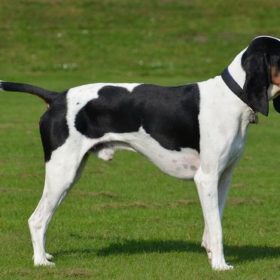 Bernese Hound
Bernese Hound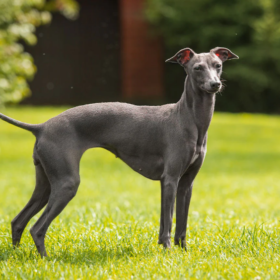 Italian Greyhound
Italian Greyhound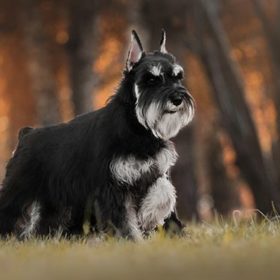 Miniature Schnauzer
Miniature Schnauzer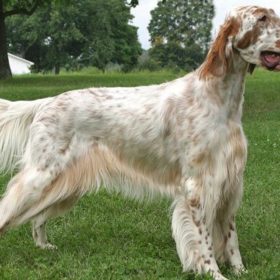 English Setter
English Setter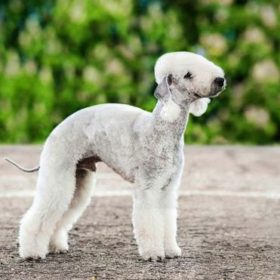 Bedlington Terrier
Bedlington Terrier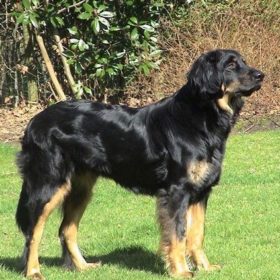 Hovawart
Hovawart